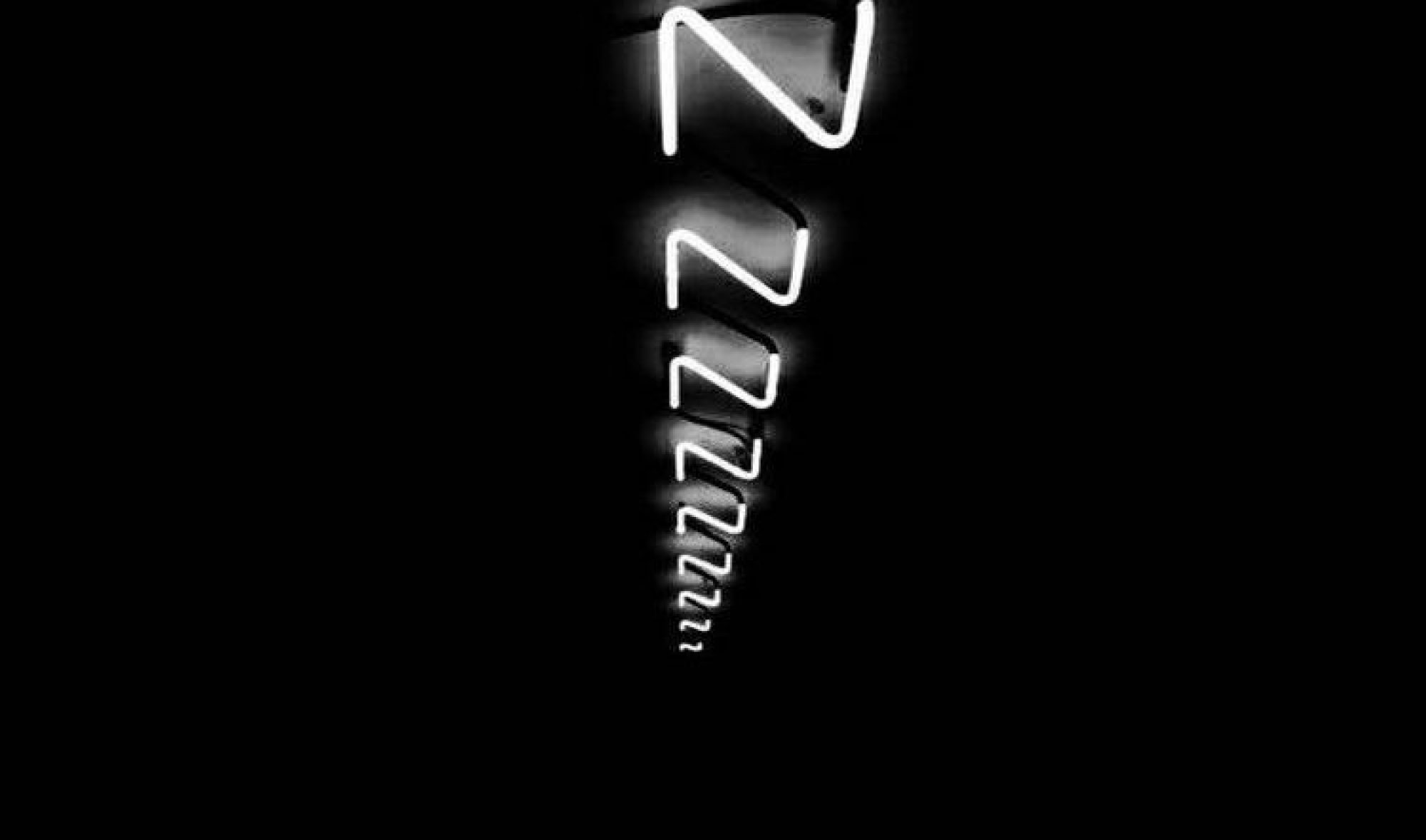kokopelli’s sound shaper
For this particular project, Daphne and I have teamed up to create a wearable fabric done up based on the pattern from a chosen acoustical environment that interacts with the given motion of the body part.
Who is kokopelli?


body parts chosen

elbow
The elbow is a joint connecting the proper arm to the forearm. Classified as a synovial joint, it functions as a simple hinge joint that allows for flexion and extension.
It occurs at the junction of the humerus or upper arm bone. The humerus forms the upper part of the point and widens near the end to form the medial and lateral epicondyles (two bony processes felt either side of the elbow joint). It is essentially made up of three bones: the humerus, ulna and radius, as seen.

The ulna is a cup-shaped structure that is situated on the inside of the joint which allows articulation (state of being jointed) with the humerus. The three distinct joints in the elbow includes the hinge joint, the humeroradial joint and the pivot joint.
- Hinge joint – Allows the elbow to bend and straighten.
- Humeroradial joint – Allows for flexion and extension.
- Pivot joint – Allows for rotation of the forearm.






ankle
The ankle joint is a synovial joint located in the lower limb. It is divided into the upper ankle joint (Tibiotarsal articulation) and lower ankle joint (Talotarsal articulation).

Upper ankle joint
I will focus on the upper ankle joint that is the tibiotarsal articulation. The upper ankle joint is a hinge joint with a main task of enabling dorsiflexion (stretching) and plantar flexion (bending).

- Composes of the three bones: Tibia (Shin bone), Fibula (Calf bone) & Talus (Ankle bone).
- The tibia and fibula form the ‘ankle mortise’ which consists of the medial and lateral malleoli. In the distal end of the ankle mortise sits the trochlea tali, the upper surface of the talus.
- This allows the articular surfaces to glide upon each other and assures the cartilage surfaces to move freely.


Sound
After much consideration, Daphne and I managed to scale down and select the two sounds that amongst the ones that we’ve recorded.
unpleasant sound
We chose the security entry door alarm as our unpleasant sound.

pleasant sound
We chose the water cooler as our pleasant sound.

sketch models
Sketch model #1 was done based on the unpleasant sound of the security door alarm.

As reflected in the sound analysis, there is a pattern to the sound where alarm starts off soft, builds up towards the middle where it is the loudest, then it gradually dies down and repeats itself.

Catching onto the wave pattern, Daphne and I figured that we would want to create something structured to represent the rigid and loudness of the alarm and repetitive to represent the repeated motion.

Besides, we wanted to incorporate an element of the chosen body part. Since both of the elbow and ankle are hinge joints, we decided to replicate a hinge-like element.



hinge-joint(s)
Riding onto our first sketch model, Daphne and I decided that since both the elbow and ankle are hinge joints, it is important for us to ensure that our final design incorporates a pattern that emphasises on the hinge function.

How the elbow functions as a hinge

How the ankle functions as a hinge
After much brainstorming, we figured that compression is a key to ensuring that our idea comes through, and so we explored on the origamis.
Prototype






To be updated!



Great research on the Range of Motion for your respective body parts. I’ve really enjoyed the process development of your elbow sound-shaper so far, hope you girls managed to resolve the rotational paper folds! 🙂